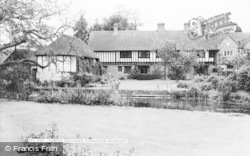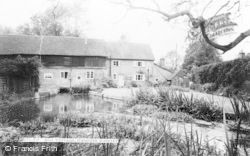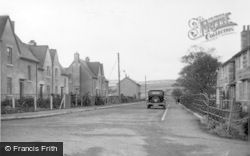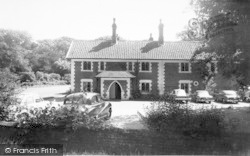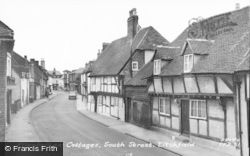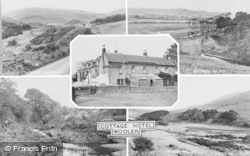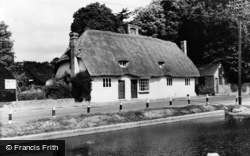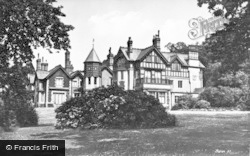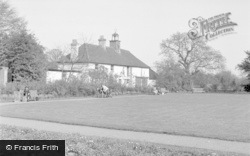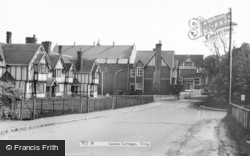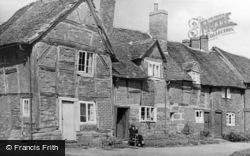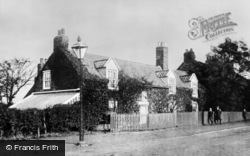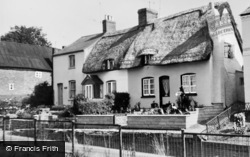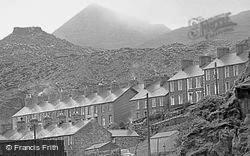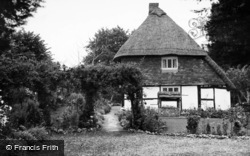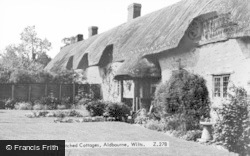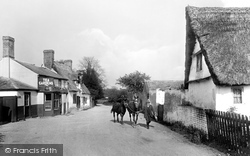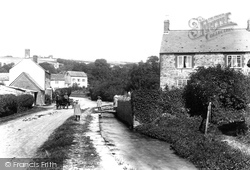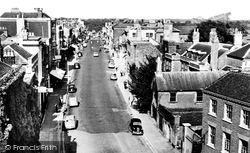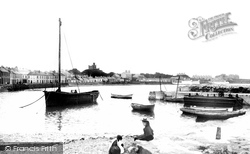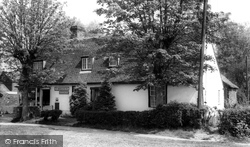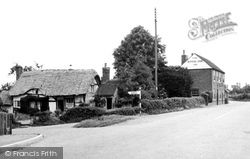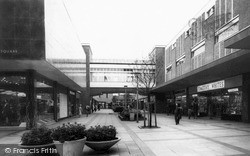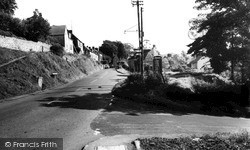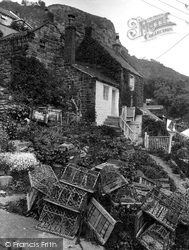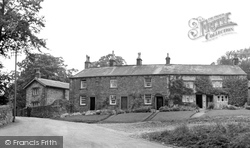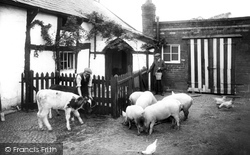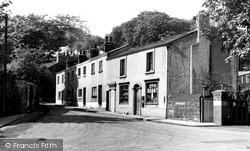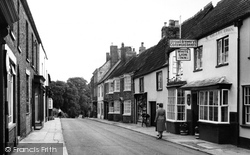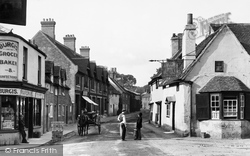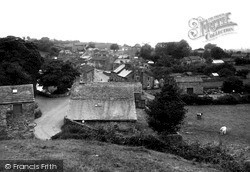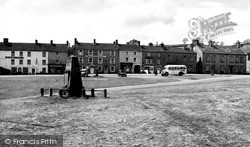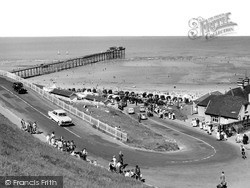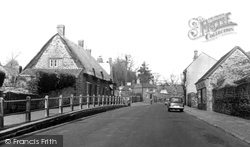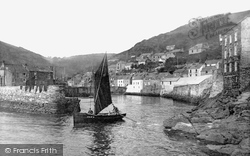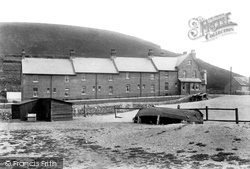Places
6 places found.
Those places high-lighted have photos. All locations may have maps, books and memories.
Photos
2,208 photos found. Showing results 701 to 720.
Maps
41 maps found.
Books
Sorry, no books were found that related to your search.
Memories
2,827 memories found. Showing results 351 to 360.
Port Quin
As a young man with my first car and girlfriend we toured Cornwall and came across Port Quin, wow what a place. No one came here, most of the houses were derelict, the small car park to the left was the only place to park about six ...Read more
A memory of Port Quin in 1969
Memories Of Village Haircuts
Just before the 1960’s transformed our innocent lives, all us village boys had a limited choice of tonsorial art; indeed you could count the number of available haircuts (styles wasn’t a word used for men or boys) ...Read more
A memory of Sherington in 1960
Kings Cottage
Whilst at Priors Marston my grandfather, Rowland Joseph Marsh and his wife Annie Elizabeth Lavender had twins: Leonard and Vera Marsh. They already had a daughter Kathleen Annie. I am the eldest daughter of Kath Marsh, who is ...Read more
A memory of Priors Marston by
Love That Place!
Born at Petersfield in 1940, my first home was Berry Cottage, down Sandy Lane, opposite Sibley's farm. Berry cottage had only 4 rooms (2 up and 2 down), no running water, only a well and later a tap down in the lane. I remember ...Read more
A memory of Rake Firs in 1940 by
Ivy Cottage
When I was a child I was shown round Ivy Cottage and the farmland in Thompsons Lane by my late Grandmother who had inherited all the land from her auntie. Thompsons Lane was named after the family. I believe that most of the land is ...Read more
A memory of Denmead
Vine Cottage And Blacksmith Shop
William Wright lived in Vine Cottage, Aston, there was a blacksmith shop beside the house, across the road was the orchard with many fruit trees and all the animals. I used to spend time there in the ...Read more
A memory of Aston in 1950 by
Finchley Road And Lymington Road
I have just returned from London and I was checking to see if there were any photos of Finchley Road and Lymington Road. I was born at No 8 Depot Cottages and stayed there until my dad passed away in 1959. My ...Read more
A memory of Swiss Cottage in 1950 by
Moving Away
I was born in Redhill hospital in 1948 and lived in Shirley Avenue. I went to Downland School which was a stone cottage called Pound Cottage just before Stanley Close. There was Cherry Tree Cottage about 3 doors up, they used to ...Read more
A memory of Old Coulsdon by
Vague Memories
I lived in Tetney for about the first 5 years of my life. I vaguely remember going to school and walking a long way home. I can't remember the name of the road, but the house I lived in was called 'Mistletoe Cottage'. As far as I ...Read more
A memory of Tetney in 1940 by
My Grandparents
My grandparents lived in Trenholme Bar at 2 Sstation Cottage, they were Joseph and Mable Forth, my grandfather worked on the railway as a signalman untill around 1953. I can remember my mother taking me and my brothers and ...Read more
A memory of Trenholme Bar in 1960 by
Captions
2,010 captions found. Showing results 841 to 864.
C ottages with steep, tumbling thatched roofs abound in this view of the village street. At this time Trumpington was a village separate from the city of Cambridge.
Litton Cheney has a charming collection of Stuart and Georgian cottages strung out along its winding streets. Tiny brooks fill the air with the sound of running water.
This photograph of the town was taken from the tower of St Thomas's church at the top of the High Street, depicting an elegant mix of Georgian houses, bow-fronted cottages and covered shop fronts.
This photograph shows the town clinging to the sea with some lines of very small cottages. The mound is man-made, and was very likely first topped by a Norman fort.
A very rural Post Office - part cottage, part shop. Note the Victorian post box and the arrow for the Telegraph Office.
So have the patch of grass, the thatched cottage and the trees. The Royal Oak is still there, though it looks very different now.
Until 1964, Mill Lane was a picturesque street of brick and half-timbered cottages, some of them medieval.
The village rose to prosperity as a cloth making centre, but when the Industrial Revolution shifted production from weavers' cottages to industrial factories, Uley's fortunes went into decline.
Lobster pots dry in the fresh air outside one of the tiny cottages that cling to the dramatic cliff swooping down to the sea. Coastal erosion is a constant peril around Runswick bay.
The second cottage on the left in this typical row is, I believe, where my grandmother was born. She worked for the Garnett family of Low Moor.
The cottage to the right of the old school has a date plaque '1680'.
To the right the 19th- century Church Rooms, also in stone, survive, but all else in the view has gone; the thatched cottage has been replaced by bungalows!
Perhaps this cottage still survives but I am sure there will no longer be calves, pigs and chickens in the yard.
Of the cottages shown here only the one in the foreground still survives.
Many were given a fashionable facelift in Victorian times with additions such as the bay fronts to the cottages on the right.
In the earlier one, looking north up High Street, The Greyhound Inn is still an 18th-century colourwashed building, while Burgis' shop on the left corner and the dor- mered cottages beyond are
Viewed from above the River Roeburn, the scene overlooks the roofs of the village cottages, most of which were put up during the 17th and 18th centuries.
Reeth's green is typical of many Pennine villages: in more troubled ancient times, cattle were herded here, with the cottages grouped defensively around it.
Tufa Cottage, on the Via Gellia road from Cromford to Bonsall, was constructed entirely from blocks of tufa, the stone deposited by lime-rich water in this limestone country.
Many of its stone cottages were built to house the mill's workers, which still stands on the edge of the town.
Road access between the seashore cottages of old Saltburn and the new town required a steep incline, which has been the scene of some spectacular runaway vehicle crashes.
This photograph shows the village centre with its rows of pretty cottages.
Many of the fishermen's cottages looking towards the harbour were built in three storeys, the ground floor being used for storing and salting their catches of fish.
Cottages were to the left and the operational part of the building was at the seaward end. Further south, on the beach, there was an older thatched Watch House which became Old Watchouse Cafe.
Places (6)
Photos (2208)
Memories (2827)
Books (0)
Maps (41)


